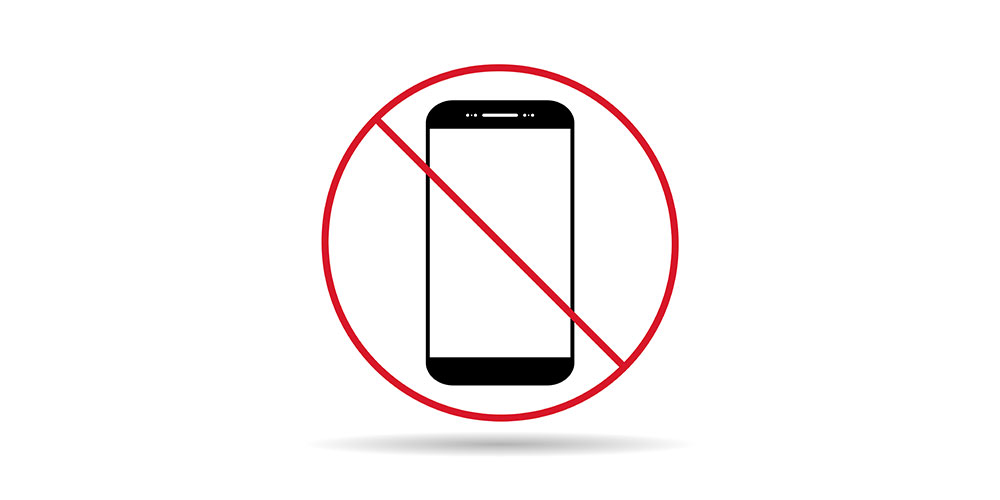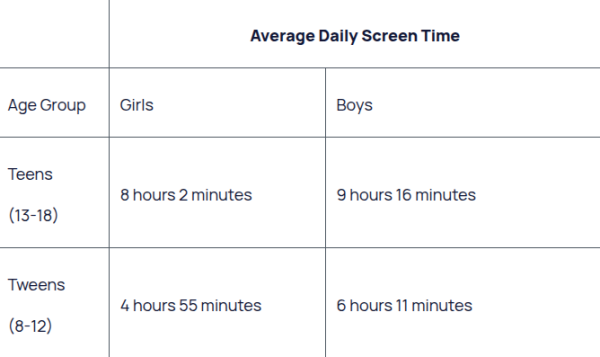In 2025, schools across the U.S. began enforcing phone bans, sparking a nationwide debate: are phones destroying student focus or serving as a vital lifeline? Many states have been following this recent policy, and it has sparked many argumentative opinions. Parents have a great concern about the phone ban policy, as they worry about their children’s safety and well-being. Teachers developed this policy idea because they view it as a distraction from students’ potential and as a reliance on artificial intelligence. Students have not been taking the policy too well since they have an addiction to their phones. Although, despite numerous protests, the phone ban policy has been passed. With school shootings as a significant concern, many wonder if banning phones will make students safer or put them at greater risk.
Why teachers support this ban:
Many people support the phone ban because they view phones as a significant distraction, a tool that facilitates academic dishonesty with the aid of AI, and a source of mental health concerns among students. Many teachers have caught students using their phones during an important lesson. A student’s primary addiction is their phone, and they act like their life depends on it. The average student’s daily screen time between the ages of 13 and 18 is approximately 8 to 9 hours in total. In a week, people spend around 56 to 63 hours on their phones. The amount of hours spent on screen time proves that this is an addiction already. Constant exposure to social media and screen time through phones can increase anxiety, depression, and feelings of hopelessness among students, negatively impacting their mental health. This constant digital connection can isolate students from real-world interaction, making it harder for them to develop healthy coping mechanisms and meaningful relationships. The school phone ban policy will help students form social bonds during lunchtime, which will, in turn, aid their development of social skills. CNUSD district stated that “study shows that students are happier and more productive when phones are away”. This phone addiction has already messed up a lot of students’ potential at school. Daily, some students tend to rely on AI to do their work for them. AI is slowly being normalized due to its increasing use. Students have lost many teachers’ trust due to being caught using AI instead of thinking for themselves or asking for help. AI is a tool to help students understand the material, but students often become lazy and simply look for answers. Some colleges/universities have done research based on the amount of AI usage. According to the Campbell Academic Technology Service, approximately 86% of students utilize AI in their studies.

Parents push back:
Many oppose the school phone ban, arguing that it cuts off parents in emergencies, unfairly punishes all students, and overlooks the fact that some rely on phones for support and responsibilities. This phone ban has sparked an uneasy feeling in parents due to the fears of the shootings that have happened over the years, like in Uvalde, Texas, and Newtown, Connecticut. The recent shooting occurred on Aug 27, 2025, at a Minneapolis Catholic school mass. The incident resulted in the deaths of two children, 14 children, and three elderly parishioners. Parents view this as a pessimistic view of the phone ban, as it means they cannot contact their kids in case of an emergency, knowing their safety is at risk. Not only are parents worried about their students’ safety, but the students themselves are in a panic mode, as they can’t trust relying on the teacher’s phone in case of an emergency.
Students voices:
A Santiago junior student has expressed their opinion, and they say, “Phones are not just distractions; students use them to maintain contact with their families. During a crisis, I’d rather have the option to use one of the 40 students’ phones we have on hand, rather than relying on a school-monitored phone.” Students find this phone ban policy unfair because they are being punished for another student’s mistake in using their phones. Students are aware of their phone addiction, but they see their phones as a comfort zone because they provide support and help in many aspects of their lives. Students often get bored during lessons, and some use music to stay focused and more engaged with the material. Another student at Santiago High School said, “I am less focused because I’m just sitting there half the time not being able to listen to music while I work on an assignment.”
Finding balance:
This phone ban may help keep students less distracted and on track, but it also affects students who are not accustomed to socializing. Quiet students on campus may create a negative impact on them since they don’t really interact with anyone. They are often isolated from many students on campus, and their phones serve as a significant source of support. Non-English speakers would also find this policy unfair, as they often use their phones as a translation tool. Without their translation tools, they wouldn’t understand the lesson and would find it difficult to ask for help.
Challenges in enforcing school phone policies:
About 22 states have already enforced this phone ban policy; meanwhile, the rest of the states haven’t enforced it. At Santiago High, some teachers have been following the policy and collecting students’ phones. While other teachers have trust in their students that they won’t use their phones while they are learning the lesson. Although teachers collect students’ phones, students have found ways to distract themselves. The school computer serves as an alternative to personal phones, allowing students to watch YouTube videos and play games. Even though they collect phones, students are still distracted and use their laptops as a means to benefit themselves, meaning they can still rely on AI. Half of the students are following the rules, while others don’t turn in their phones when they’ve been asked. The Yondr pouch has become a viral topic on social media platforms, including TikTok and Instagram. About 41 states have been using the Yondr pouches to help minimize distractions. Small content creators have bought these Yondr pouches and demonstrated how to open them. What’s the point in using the Yondr pouch if social media has taught teenagers how to open them? No matter what teachers/admins use to lock away phones, students will find a way to keep their phones with them.
As the nationwide school phone ban takes effect in 2025, its impact continues to stir debate among students, parents, and educators. While many believe removing phones from classrooms will restore focus, boost mental health, and reduce dependence on AI, others fear the consequences of removing the key line of safety and support, especially in an area marked by school violence and digital connection. The data shows some improvements in engagements and behaviors in certain districts, but it also reveals that students will adapt, finding new ways to distract themselves and access AI tools. For many teens, phones serve as a coping mechanism, translator, or lifeline to a family, especially for non-English speakers and isolated students. Ultimately, the phone ban policy may reduce distractions, but it risks overlooking the deeper needs of the students, which it aims to help. The solution may not be locking away phones, but instead finding ways to balance them in a way that promotes responsibility, focus, and mental health.









